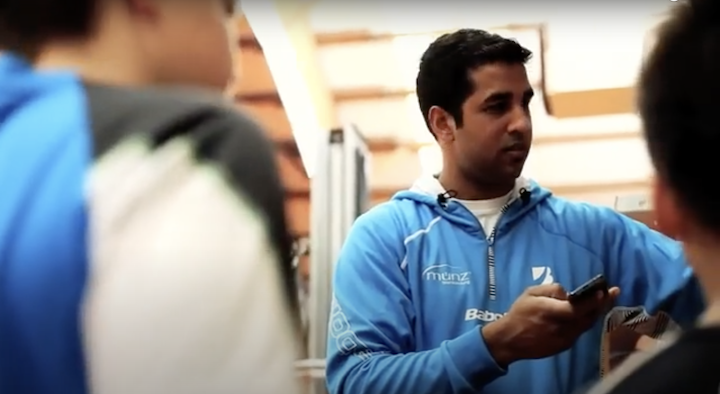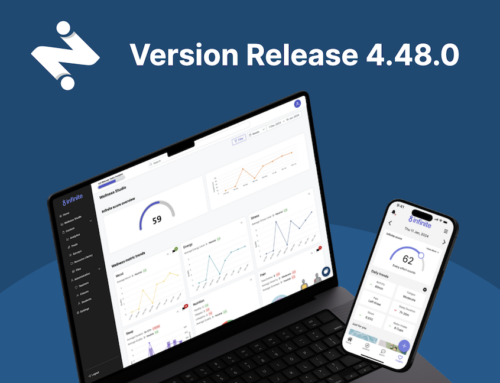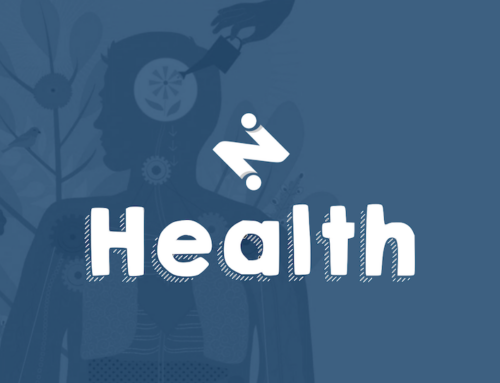We were floored to come across this recent editorial from the British Journal of Sports Medicine: Starting young to protect elite athletes’ mental health.
The title, and the editorial in its entirety, speak to exactly why we do everything we do at iNSPIRETEK. We know the importance of starting young when it comes to helping prevent or minimize mental health issues and illnesses. We know the importance of starting in sport. Heightened pressures. Stress. Burnout. Athletes, for better or worse, deal with more than the average person, and it is no different when it comes to mental health and wellbeing.
We wanted to take the opportunity today to dive a bit more into the editorial, share it with you, and share some of our thoughts. We would highly encourage you to read it for additional context, and to share with anybody you feel would benefit from the alarming statistics and strategy ahead for further research (and in our case, further action.)
From the study:
- Half of all common mental disorders emerge before 18. Half. Let that sink in.
- Almost 60 percent of mental disorders go undetected and untreated. Why? There are so many reasons. Access. Societal norms and pressures. Affordability.
And another unique characteristic about young athletes is that they often exhibit a “significant stigma to mental health and negative attitudes towards health-seeking.” Not only are they not seeking out necessary help, but they are pushing the other way.
The study highlights the lack of studies (stay with us here) related to the mental health of elite young athletes, despite more emphasis placed in recent years on mental health in elite sport (typically with older/adult athletes).
More alarming statistics:
- Almost a quarter of young athletes reported at least four or more mixed symptoms across the past year or lifetime.
- 17 percent of young athletes were experiencing at least one mental disorder, with 25 percent of those turning into lifetime issues.
- Girls were significantly more likely than boys to report symptoms.
- Individual sports reported greater symptom severity than those in team sports.
These last two are worth unpacking a bit. It is widely covered and reported that the mental health epidemic is “worse” or at least more widely reported, among girls than it is among boys. Is this because girls are experiencing more issues, or because boys are reporting less of the same issues? The answer is likely a bit of both, and this is one reason that from the outset, we did not want to specialise or focus our platform for just girls or just boys. Of course, we know the importance of content that speaks to particular groups of people, and this is a big part of our content library and strategy ahead.
The point about individual sports is closely aligned with our company. You likely know the story of our Founder, Annie, who battled her own mental health illnesses that developed during her time as an elite young gymnast in Australia. We work with young athletes and sporting organisations across many sports, and know that reaching both individual and team-based athletes at a young age is imperative.
Our CEO, Rodney Rapson, has worked with dozens of elite young athletes in his time running a tennis academy. As a former top young tennis player himself, we
wanted to get his thoughts on this paper.
Why do you think youth elite athletes exhibit significant stigma to mental health and negative attitudes towards help-seeking?

Rodney: Society in general are showing a stigma towards the above, but sport exacerbates this. Whilst the topic is at the forefront of organisations minds, youth athletes are afraid to show vulnerability in case it makes them seem weak or hurts their chances of being selected. This is why it is equally important to not only educate the athletes, but also the coaches to spot signs or create environments that allow athletes the safety of being honest about their feelings without recourse of consequence. The Stigma around MH is that if you talk about it, you must be weak but that is because this the narrative that the media has created. In the same way that we have expectations that athletes must work on their physical health to improve performance, we need to start giving the youth athletes tools at a younger age to start working on their mental health. The focus needs to be on developing a positive and active relationship with mental health to help them become resilient and responsive to the highs and lows of life in general.
Why is this the case? Gender differences have been observed in two of these three studies, with girls/women significantly more likely than boys/men to report symptoms or to be clinically evaluated as experiencing psychopathology.
Rodney: Across the general population, there are certain personality traits linked to gender which lend themselves to either being more open or closed when it comes to communication. Add to this societal pressures of sport and competition, whereby athletes, especially young male athletes are told to shut up and get on with it, and are made to feel insecure if they show any vulnerability and it becomes harder. From my years of working with aspiring high performing junior tennis players, what I have found is that boys tend to have less of what society would label as ‘emotional outbursts’ related to certain situations that happen in their life. Their default status is not to discuss, and to also not bring these issues onto the sporting field as a lot of them use sport as an escape mechanism for what is going on outside. The girls have a different outlook, whereby the outside stresses can spill into their sport and the core issues need to be dealt with immediately.
We wanted to conclude by sharing what the study ended with:
Early intervention is needed, now.
As in other areas of sports medicine, early intervention is critical to promoting mental health among youth elite athletes and ensuring the timely provision of evidence-based clinical care to those at risk of, or experiencing, mental disorders. It is perhaps ironic that the peak onset of mental ill health occurs during the life stage of maximum physical health, at least in high-income contexts. The latter should never diminish the need to acknowledge and address the former, including in elite competitors. It is time to focus on the mental health of youth elite athletes. In doing so, we may identify and unlock new ways to build high-performance environments that promote mental well-being and resilience in the long run.
We could not agree more. It is going to take a global community of government, sporting organisations, technology platforms, clinicians and experts to help the next generation of young people and athletes to understand and strengthen their own mental health and wellbeing. And we’re rolling up our sleeves and getting to work.





